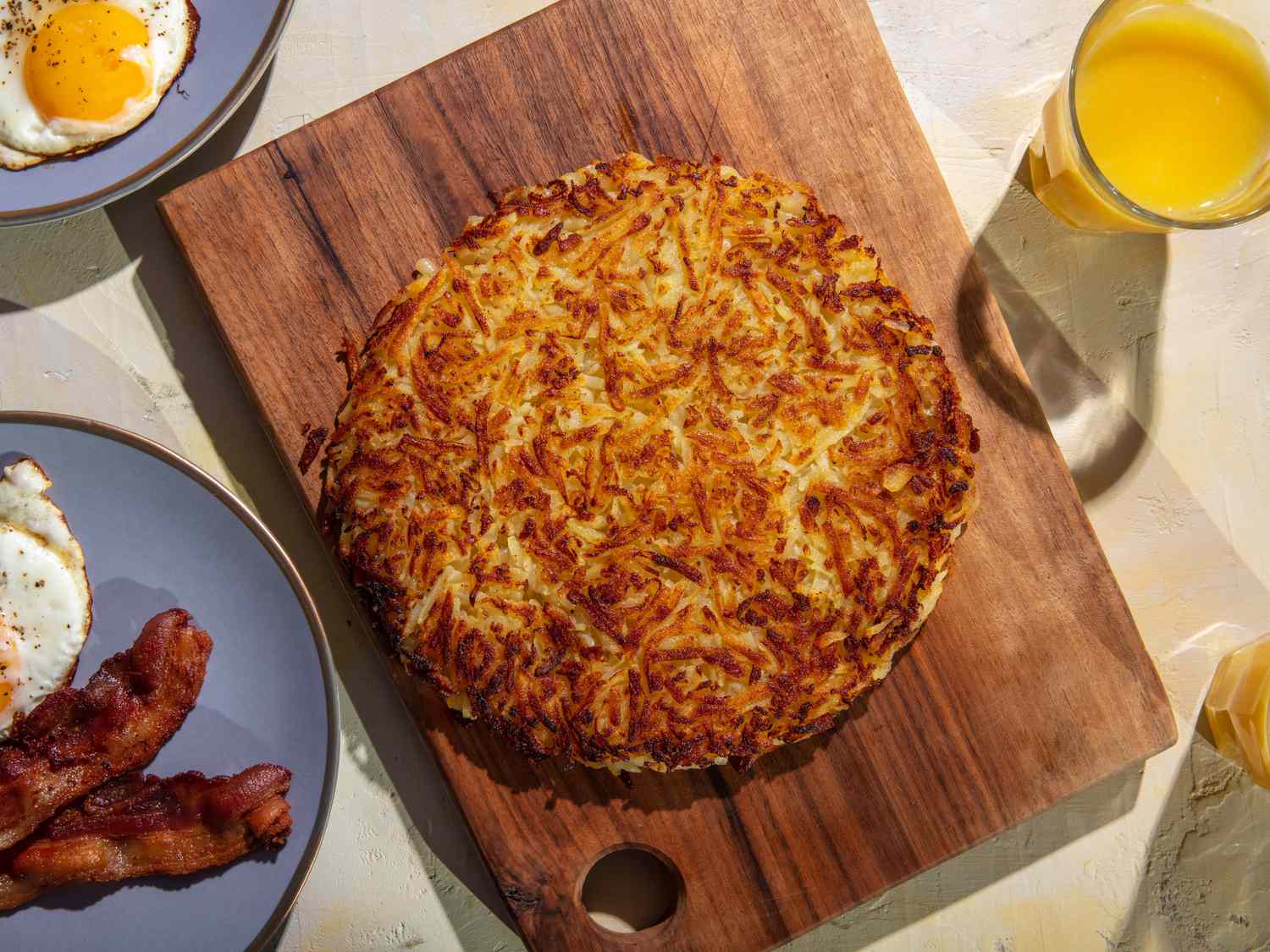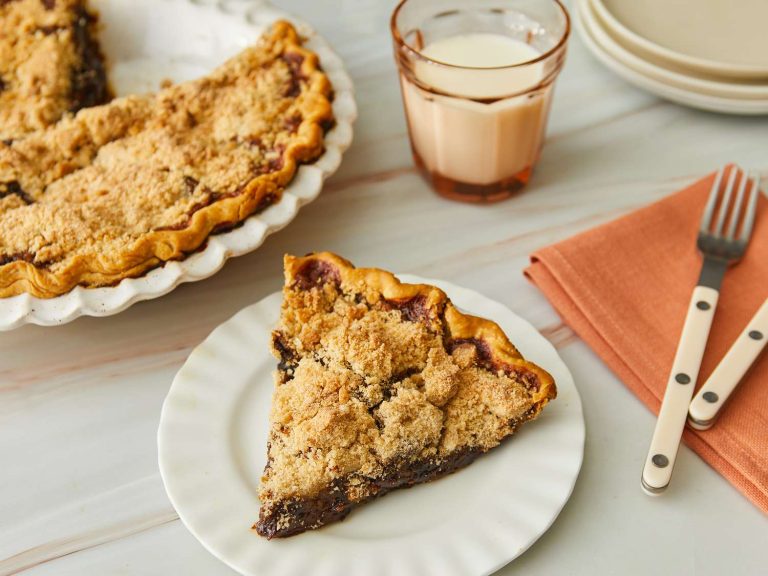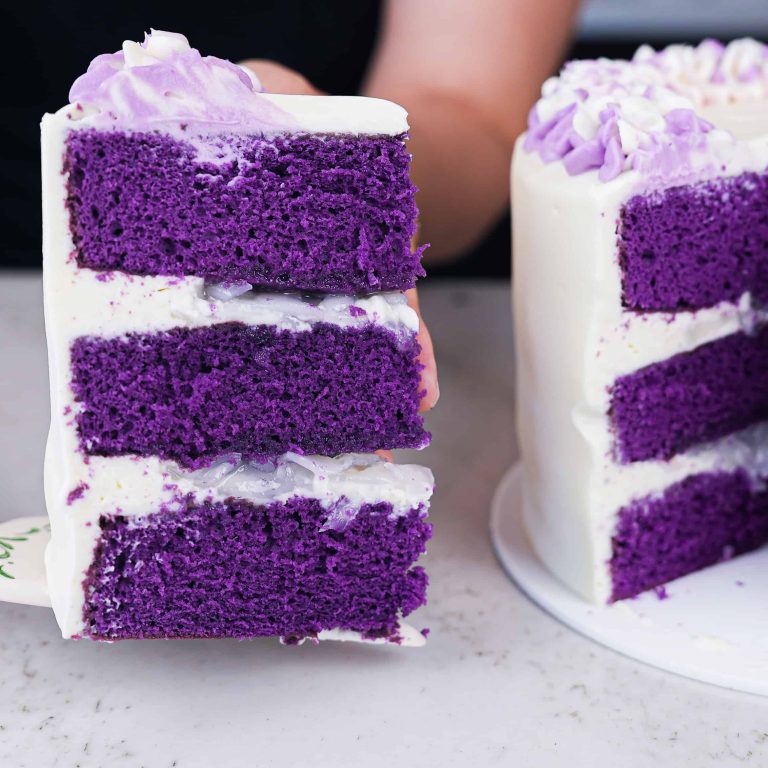Orange Juice Cake: Recipe, History, and Serving Ideas
Orange juice cake stands as a delightful dessert choice with a rich history. Originating in the mid-20th century, it emerged alongside the surge in citrus production in Florida and California. Home bakers began incorporating fresh orange juice into cake recipes, which led to the creation of this zesty treat. While exact origins are unclear, its popularity grew as people sought unique ways to use abundant oranges. The cake reflects a fusion of American baking traditions and the tropical appeal of citrus fruits.
Popularity And Variations
Orange juice cake enjoys widespread popularity due to its refreshing flavor and versatility. You can find numerous variations tailored to different tastes and dietary needs. Common versions include:
- Glazed Orange Juice Cake: Featuring a sweet, tangy glaze made from powdered sugar and orange juice.
- Gluten-Free Orange Juice Cake: Using almond flour or other gluten-free options for those with dietary restrictions.
- Bundt Orange Juice Cake: Baked in a Bundt pan to create an aesthetically pleasing presentation.
These variations ensure the cake remains a favorite for diverse occasions and preferences, enhancing its appeal across different demographics.
Key Ingredients for Orange Juice Cake
Essential Ingredients and Substitutes
Orange juice cake relies on a few key ingredients. Each contributes to the cake’s unique texture and flavor.
- Fresh Orange Juice: Fresh-squeezed orange juice offers the best flavor. Bottled juice can work, but ensure it’s free from added sugars and preservatives.
- Orange Zest: Orange zest intensifies the citrus flavor. Use a fine grater to avoid the bitter white pith.
- All-purpose Flour: Provides structure to the cake. For a gluten-free version, substitute with a 1:1 gluten-free baking flour.
- Sugar: Granulated sugar adds sweetness and helps create a tender crumb. You can replace it with coconut sugar for a slightly different flavor.
- Butter: Adds richness and moisture. Margarine or oil can serve as substitutes if needed.
- Eggs: Eggs bind the ingredients and add moisture. For a vegan alternative, use flax eggs or a commercial egg replacer.
- Baking Powder: Leavens the cake, making it light and fluffy. Ensure it’s fresh for optimal results.
- Salt: Balances the sweetness and enhances flavor. Kosher salt or sea salt are suitable options.
- Vanilla Extract: Adds depth to the cake’s flavor profile. Pure vanilla extract is preferable for the best taste.
Flavor Enhancers
To elevate the flavor of your orange juice cake, consider incorporating these enhancers.
- Orange Extract: Provides a concentrated orange flavor. Use it sparingly to avoid overpowering the cake.
- Almond Extract: Complementary to the citrus notes. A small amount can add a unique depth.
- Yogurt or Buttermilk: Adds tanginess and moisture. Choose full-fat versions for the richest texture.
- Citrus Glaze: Drizzle over the cooled cake for an extra burst of citrus. Mix powdered sugar with fresh orange juice and a bit of zest.
- Candied Orange Peel: Offers a chewy, sweet contrast. Sprinkle on top of the cake or mix into the batter.
- Spices: Ground cinnamon or cardamom can enhance the cake’s complexity. Use these sparingly to keep the flavor balanced.
Incorporate these core ingredients and enhancers thoughtfully to create a delectable orange juice cake tailored to your taste.
Step-by-Step Recipe
Preparation Steps
- Gather Ingredients: Collect 1 cup of fresh orange juice, 1 tablespoon of orange zest, 2 1/2 cups of all-purpose flour, 2 cups of sugar, 1 cup of softened butter, 4 large eggs, 2 teaspoons of baking powder, 1/2 teaspoon of salt, and 1 teaspoon of vanilla extract. Optional flavor enhancers like almond extract or yogurt can add a unique twist.
- Prep the Oven and Pan: Preheat your oven to 350°F (175°C). Grease and flour a 10-inch bundt pan or use a non-stick spray for ease of cake release.
- Mix Dry Ingredients: In a medium bowl, whisk together the flour, baking powder, and salt. This ensures the leavening agents are evenly distributed in the batter.
- Cream Butter and Sugar: In a large mixing bowl, use an electric mixer to cream the butter and sugar until the mixture is light and fluffy. This typically takes about 5 minutes.
- Incorporate Eggs: Add the eggs one at a time, beating well after each addition to ensure a smooth and airy batter.
- Blend in Orange and Vanilla: Mix in the orange zest, then add the vanilla extract and fresh orange juice. If using any flavor enhancers, add them at this stage.
- Combine Wet and Dry Ingredients: Gradually add the dry ingredients to the wet mixture, beating slowly until just combined. Avoid overmixing to keep the cake tender.
- Checking for Doneness: Ensure the cake is done by inserting a toothpick into the center. It should come out clean or with a few moist crumbs. Start checking at the 45-minute mark to avoid overbaking.
- Cooling Process: Let the cake cool in the pan for 15 minutes, then turn it onto a wire rack to cool completely. This step prevents the cake from sticking to the pan and maintains its delicate structure.
- Glazing: For an optional citrus glaze, mix 1 cup of powdered sugar with 2-3 tablespoons of fresh orange juice and drizzle over the cooled cake. This adds a sweet and tangy finish.
- Storage: Store the cake in an airtight container at room temperature for up to 3 days. If storing longer, refrigerate to maintain freshness and moisture.
Following these preparation and baking steps will yield a moist, flavorful orange juice cake perfect for any occasion.
Nutritional Information
Health Benefits
Orange juice cake offers several health benefits due to its key ingredient—orange juice. Oranges are rich in Vitamin C, which helps boost your immune system and promotes healthy skin. This cake also contains fiber from the zest and juice, aiding your digestive system. Including eggs adds protein, which supports muscle repair and overall health. If you decide to use yogurt, you’ll get an additional source of calcium and probiotics, which benefit your gut health.
Calorie Content
Understanding the calorie content of orange juice cake is essential if you’re mindful of your intake. On average, a slice (about 1/12 of the cake) provides approximately 250-300 calories. This count includes the sugar, butter, and flour components. Adjustments like using less sugar or substituting some butter with applesauce can reduce the calorie count. Be mindful that variations in ingredients, such as adding yogurt or almond extract, can slightly alter the total calories.
Enjoy orange juice cake in moderation, keeping these nutritional aspects in mind.
Serving and Presentation Ideas
Creative Serving Suggestions
Enhance your orange juice cake experience with diverse serving options. For a refreshing twist, pair the cake with a scoop of vanilla or citrus-flavored ice cream. The cool, creamy texture complements the moist, citrusy flavors of the cake. Another option is to serve slices with a dollop of whipped cream and a sprinkle of finely grated orange zest for added zing.
For brunch, present the cake alongside fresh fruit like berries or melon. The natural sweetness of the fruit matches well with the cake’s citrus notes, offering a balanced and colorful plate. If you’re serving the cake at a dinner party, consider adding a light drizzle of a simple orange glaze or a dusting of powdered sugar before plating.
Decorative Tips
Elevate your cake’s visual appeal with simple yet effective decorative techniques. Start by garnishing the top with thin orange slices arranged in a circular pattern. You can also use candied orange peel for a touch of sophistication and an inviting texture contrast.
If you prefer a minimalist look, opt for a light dusting of powdered sugar. It adds a clean, elegant finish and emphasizes the cake’s golden hue. For added flair, create a glaze with powdered sugar and fresh orange juice, then drizzle it over the top in a zig-zag pattern.
Add a personal touch by incorporating edible flowers or lightly toasting almond slices. These decorations not only enhance the cake’s appearance but also introduce subtle new flavors. When displaying single servings, consider using elegant cake stands or plates with contrasting colors to make the slices stand out.
Conclusion
Orange juice cake is a delightful blend of tradition and fresh citrus flavors that can brighten any occasion. Its rich history and simple yet versatile recipe make it a timeless favorite. Whether you’re looking to impress guests with a visually stunning dessert or simply want a tasty treat that’s packed with Vitamin C this cake is a perfect choice. With various serving and presentation options you can easily customize it to suit your style and preferences. Enjoy the burst of citrusy goodness and the joy it brings to your table.





